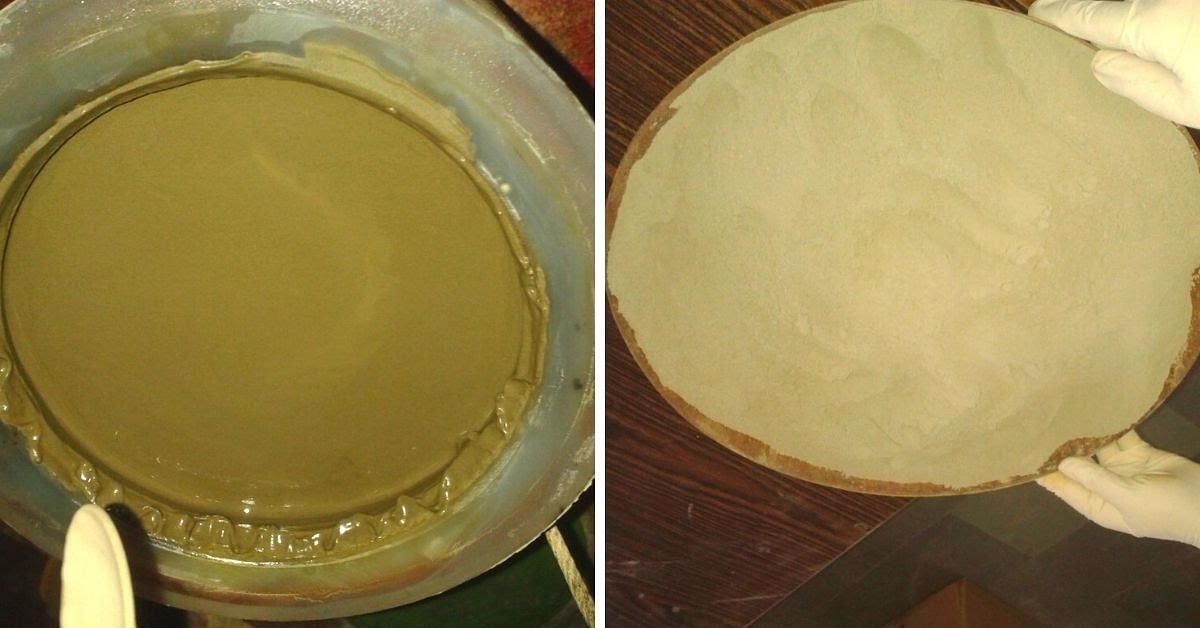
Did you know that manufacturing one tonne of cement can release up to 1,000 pounds of carbon dioxide? The ubiquitous material, which is used to construct most structures across the world, happens to be the third-largest carbon dioxide emitter in the world.
According to a 2018 report by Chatham House (a London-based not-for-profit organisation), while the world has generated 8 billion tonnes of plastic, more than twice the amount of cement is produced every two years. Closer home, India produced 329 million tonnes (MT) of cement in 2020 and it is estimated that this will reach 381 MT by 2022.
While cement is the go-to construction material, it takes a mammoth toll on the environment. What the world needs, then, is widespread adoption of cement alternatives that are less harmful and greener.
Noting the alarming figures of cement production, the Civil Engineering faculty at Jamia Millia Islamia (JMI), Delhi and Aligarh Muslim University (AMU), Uttar Pradesh has developed an environment-friendly version of this material. It can replace around 5-20% of cement in the construction process. The technology recently received a patent from the Patent Office, Government of Australia, and already has a patent from the Government of India.

The formula for the green adhesive was invented by Dr Ibadur Rahman, Mohammad Arif, Professor Abdul Baqi, Dr M Shariq, Er Mohammad Gamal Al-Hagri and Er Amer Saleh Ali Hasan.
Dr Rahman started experimenting and decoding nano-based modified cement and concrete composite four years ago.
“Unfortunately, cement has become a critical ingredient in the construction of houses, roads, highways, embankments and so on. With growing population, there is an increasing need for housing and infrastructure. Thus, production levels will continue rising. Through our sustainable cement composite, we aim to reduce the use of the material, if not completely eliminate it, ” he tells The Better India.
Dr Rahman takes us through the benefits of this new variety of cement and what makes their invention stand out.
Benefits of the green cement
Fly ash, which consists primarily of oxides of silicon, aluminium iron and calcium, is a by-product of construction waste. Its particles can enter the lungs and trigger asthma, inflammation and immunological reactions.
The JMI team has reused fly ash in the eco-friendly mixture, alongside micro silica fume and nano-silica fume. Micro silica fume is a by-product of silicon or ferrosilicon metal.
“A major portion of our mixture consists of products that were otherwise going to cause carbon emissions. The invention focuses on the effect of cement replacement with our mixture in a combination of two additives. The combination of micro and nano-silica fumes improves the mechanical properties of concrete and eventually the microstructure,” says Dr Rahman.
Dr Rahman emphasises the durability of eco-friendly cement, which can be up to 25% more than that of conventional cement, depending on the proportions.
He adds that there are several additional advantages of this cement, such as restriction of the structural horizontal building expansion. In conventional concrete structures, if the columns are reduced to occupy less space, the strength will also decrease. However, if we add eco-friendly cement, then even if the dimension (width) of the building is reduced, the strength will be the same as desired, he says. This is beneficial in densely populated cities such as Delhi and Mumbai. “Our cement can also be used to retrofit old houses. It will provide strength and make the houses more earthquake resistant. There will be no room for microcracks and macrocracks to develop,” he explains.
Dr Rahman and his team are awaiting patents from South Africa, after which they will approach the construction industry for commercial selling.
